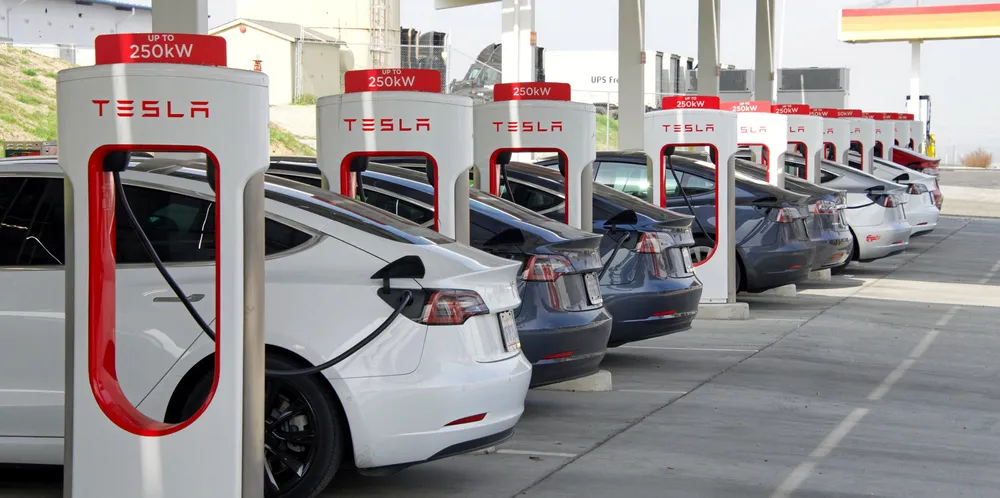Nine critical clean energy technologies and the '$215 trillion net zero price tag'
Rolling out renewables, storage, hydrogen and others at sufficient scale to salvage Paris Agreement goals will come with a hefty price tag, warns BloombergNEF

Time is running out to keep global climate goals in reach but nine “keystone” clean energy technologies can help pull the world back from the brink and deliver net zero by 2050, says a BloombergNEF report.
The world reached a grim milestone in 2023 after global warming for the first time exceeded 1.5C for an entire year, putting the goals set out in the Paris Agreement in serious jeopardy.
Research organisation BNEF has in a new report set out what it says is the route to keeping the world on track for well below two degrees of warming – as enshrined in the 2015 climate pact by global leaders – and net zero by 2050.
“The window to reach net-zero emissions by 2050 is rapidly closing but there is still time for the world to get on track – if decisive action is taken now,” said BNEF.
Despite those stubbornly high emissions, BNEF said that, “with an even faster ramp-up of everything from renewables to green fuels,” net zero by mid-century is “tough but achievable”.
There is “no single solution” for transforming the energy ecosystem, it said. “Instead, the transition to a net-zero economy will be underpinned by nine technology pillars working in concert to address different elements of the decarbonisation challenge.”
If the world wants to hit net zero by 2050, BNEF said it will need:
- Wind and solar capacity to hit 31 terawatts (TWs) – requiring capacity to triple from today’s levels by 2030, and triple again from 2030 to 2050
- Battery storage capacity to hit 4TW to back up those intermittent power sources, more than 50 times current levels
- Nuclear power capacity to triple to 1TW, providing a baseload complement to wind and solar
- The global power grid to grow to 111 million kilometres in length, almost double what we have today
- Clean hydrogen use to hit 390 million tons per year – four times today’s fossil-fuel-based hydrogen demand
- Sustainable aviation fuel consumption to hit 88 billion gallons per year – “up from minimal levels today”
- The electric vehicle fleet to grow to 1.5 billion vehicles, with no new internal combustion engine vehicles sold after 2034
- Heat pumps to reach over 500 million installed units – nearly ten times today’s levels
- Carbon capture storage (CCS) to grow to eight gigatonnes of annual capacity, up from "minimal levels" today
Of those “nine pillars,” BNEF said that “only four are mature, commercially scalable technologies with proven business models”: renewables, energy storage, power grids and electric vehicles.
While they still need “significant acceleration” to get on track for net zero, there is “little to no technology risk”.
In contrast, it said nuclear, CCS, hydrogen, sustainable aviation fuels and heat pumps are “not currently cost-competitive or commercially scaling up,” but they must do so “rapidly” to achieve net zero.
Hitting net zero by mid-century will not be possible without “aggressive spending,” it said. “For every dollar that goes to fossil fuels, an average of $3 needs to be invested in low-carbon energy over the remainder of the decade – up from parity today.”
A net zero energy system by 2050 could come with a $215tn price tag, said BNEF. “Not an insignificant sum.”
But it said this is still only 19% more costly than an energy transition based solely on “economic forces” that would result in a disastrous 2.6C of warming by the end of the century.
(Copyright)